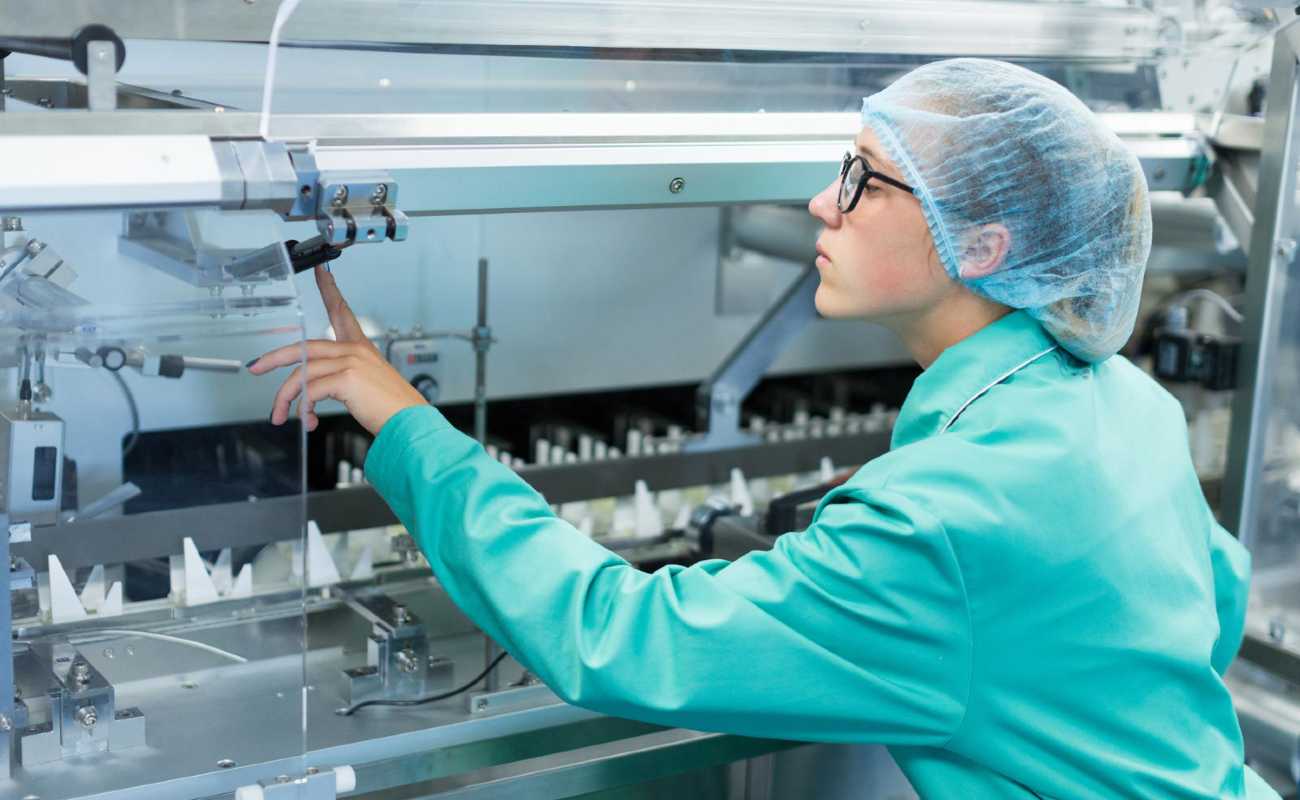Troubleshooting Common Issues in Twin-Screw Extrusion: A Practical Guide for Polymer Experts
Twin-screw extrusion has revolutionized the polymer processing industry, providing excellent mixing capabilities, flexibility, and scalability. However, even seasoned professionals often encounter challenges that can hinder efficiency and product quality. Troubleshooting these issues effectively can save time and resources, leading to smoother operations. In this article, we’ll explore some common problems in twin-screw extrusion and provide actionable solutions, all based on well-documented practices in the industry.
1. Uneven Mixing and Poor Dispersion
Inconsistent mixing and poor dispersion of fillers or additives can lead to variations in product quality, compromising performance. This issue can stem from improper screw configuration, insufficient barrel temperature, or incorrect feeding rates.
Solution:
Re-evaluate the screw configuration, especially the kneading block arrangement. Increasing the intensity of mixing sections, adjusting barrel temperature zones, or modifying feed rates can improve homogenization. Studies show that optimizing screw design for specific material rheology is crucial in achieving uniform dispersion . Computational Fluid Dynamics (CFD) modeling is often used to simulate screw designs, allowing fine-tuning before production.
2. Overheating and Material Degradation
Excessive heat during extrusion can degrade sensitive polymers, leading to discoloration, loss of mechanical properties, or foul odors. The primary culprits are typically high barrel temperatures, excessive shear, or insufficient cooling in the extruder.
Solution:
Carefully monitor and adjust barrel zone temperatures to prevent overheating. Lowering screw speed or modifying screw elements to reduce shear intensity can mitigate degradation. For heat-sensitive materials, implementing external cooling systems may help. Thermo-mechanical analysis reveals that reducing shear rates can extend the thermal stability of materials like polyolefins . Using twin-screw extruders with segmented screw elements allows for greater control over shear rates and mixing intensity.
3. Feeding Problems
Inconsistent feeding can cause throughput variations, surges, and even equipment damage. Common causes include bridging in the hopper, inconsistent bulk density of materials, or incorrect feeder settings.
Solution:
Ensure a uniform feed by using properly calibrated feeders, such as loss-in-weight systems. Address material bridging with hopper agitators or vibration systems. For materials with varying bulk density, adjusting the feeder's speed or switching to gravimetric feeding may improve consistency. Research has shown that optimizing feeder design for specific material properties can greatly enhance process stability .
4. Excessive Wear and Tear
Twin-screw extruders operate under high mechanical stress, and prolonged exposure to abrasive fillers or highly viscous polymers can lead to wear of the screws and barrel. This wear can result in reduced output, inconsistent mixing, and increased maintenance costs.
Solution:
Regularly inspect screw elements and the barrel for signs of wear, particularly in high-stress zones such as the conveying and mixing sections. Use wear-resistant materials, such as bimetallic barrels and coated screws, for highly abrasive compounds. Adopting predictive maintenance strategies, as suggested by extrusion manufacturers, can reduce downtime and prolong equipment life .
5. Melt Fracture
Melt fracture occurs when the polymer melt exits the die with a rough or irregular surface, compromising the appearance and sometimes the mechanical properties of the product. It is often caused by excessive extrusion speeds or high melt viscosity.
Solution:
Reducing the screw speed and adjusting die temperatures can help alleviate melt fracture. Rheological studies recommend increasing the die diameter or employing additives to reduce melt viscosity. Using processing aids, such as fluoropolymers, has been shown to smooth the melt flow, reducing die lip buildup and melt fracture .
6. Surging
Surging, or fluctuations in melt pressure, often causes inconsistency in product dimensions or properties. This issue can stem from irregular feed rates, improper screw design, or unstable material flow in the barrel.
Solution:
To reduce surging, ensure the feed system delivers materials consistently and the screw design supports stable flow. Adjusting back pressure or using a melt pump can further stabilize flow through the die. Studies show that consistent back pressure helps in regulating the output, resulting in more uniform extrudate dimensions .
7. Die Build-Up
Die build-up can result in poor surface quality, dimensional inconsistencies, and process interruptions. It is often caused by polymer degradation near the die lips due to excessive shear or heat.
Solution:
Lowering the shear rate or temperature near the die zone can reduce die build-up. Implementing purging procedures with high-temperature stable polymers between production runs can clean the die effectively. Regular die maintenance and the use of processing aids can also prevent build-up. Research indicates that fluoropolymer-based processing aids significantly reduce die build-up by forming a low-friction layer inside the die .
Final Thoughts
In polymer extrusion, where precision and efficiency are paramount, troubleshooting common issues in twin-screw extrusion can be the difference between success and costly downtime. By understanding and addressing these problems with evidence-backed solutions, you’ll improve your productivity and ensure your extruded products meet the highest standards.
Whether you’re dealing with uneven mixing, excessive wear, or melt fracture, remember that optimizing process parameters and maintaining equipment can significantly extend the lifespan of your machinery and boost product quality. Embrace continuous learning, stay updated on the latest extrusion technologies, and, most importantly, apply practical solutions rooted in proven industrial practices.
Let’s keep the twin-screw extruders running smoothly!
Do check these useful expert curated trainings:
Twin Screw Extrusion; Set-up And Optimizing Process Parameters For Performance And Cost Saving
OT Rapid Expertise: Twin Screw Extrusion Optimization - Cost Saving And Performance Improvement
References:
- CFD Analysis of Mixing Behavior in Twin-Screw Extruders. Journal of Polymer Engineering.
- Impact of Shear Rates on Polymer Degradation in Twin-Screw Extrusion. Journal of Polymer Processing.
- Optimization of Feeder Systems for Consistent Throughput. Polymer Processing Journal.
- Wear-Resistant Solutions for Twin-Screw Extrusion. Advanced Materials in Polymer Extrusion.
- The Role of Fluoropolymer Processing Aids in Reducing Melt Fracture. Journal of Extrusion Science.
- Stabilizing Melt Pressure in Twin-Screw Extruders: A Process Engineering Approach. Polymer Engineering and Science.
- Reducing Die Build-Up with Processing Aids: A Comparative Study. Journal of Polymer Technology.

